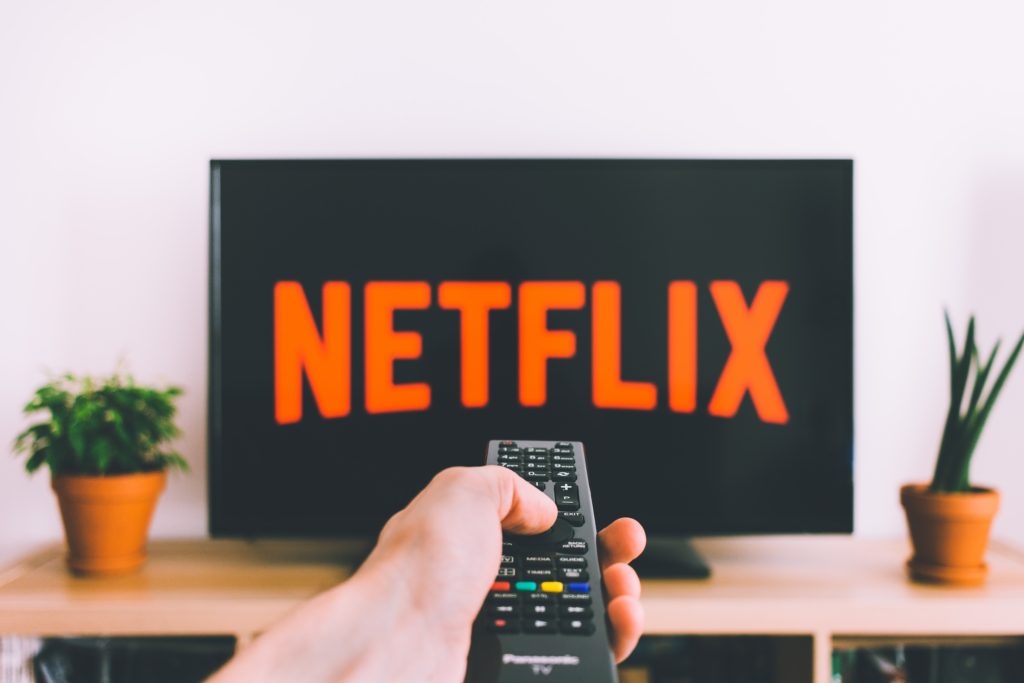There we were, sitting down to watch TV. I pointed the remote. The set opened to a network station. A movie was just starting. It was Denzel Washington in Déjà vu, from 2006. We hadn’t seen it.
“Should we watch it here?” my wife asked. We usually watch Netflix or Amazon Prime, so this would be different.
“Let’s try it here,” I said.
All seemed fine. We were, after all, at the Brain-Dead Hour. That’s the time in the evening when we don’t like phone calls. We don’t expect too much of each other. But we like to spend it together.
And everything was fine. Although we “cut the cord” many months ago, dropping our cable TV channel access from something slightly less than infinite, we have our little digital TV antenna and it brings in more than a dozen local stations, including the few that we watch with any regularity.
That’s when the horror started.
Suddenly, Denzel was off the screen. The sound volume rose. A commercial came on. I can’t remember what it was. Maybe for a depression-fixing drug. Or maybe one of those badly done ads from a local car dealer. Something like that.
My wife started to cringe. She looked uncomfortable.
“I don’t know if I can do this,” I said. “Is it bothering you, too?”
She nodded.
It was the advertisements.
We just can’t do them anymore. Instead of being merely annoying, every second of ad time felt like an assault, a rudeness, a mis-behavior that we were being forced to witness. Worse, we knew there would be a regular stream of them, consuming 15 to 20 minutes of every hour. It would take a long time to watch the movie.
“Let’s see if we can find it on the streaming services,” I said.
“Great! she answered. “Try Netflix first. It will be free.”
No luck there.
But it was on Amazon Prime Video. We could buy it for $7.99 or rent it for $3.99.
Renting is good.
The $3.99 cost would deliver 126 minutes of movie with no interruptions. The same $3.99 would save us from having to watch at least 45 minutes of ads, perhaps as much as an hour.
Talk about “no-brainer” decisions, the kind I like in the brain-dead hours. I clicked to pay. The movie started.
You might think, since we are retired, that we have time to burn. But the economics here speak loudly for streaming services. If spending $4 saved us from a total of an hour and a half of advertisements (45 minutes x 2 people) then we were paying only $2.67 for each person-hour of advertising avoidance.
If the movie had been available free on Netflix or on Amazon Prime Video, as many are, there wouldn’t even be a calculation to make. We’d have been paying $0 for each hour of advertising avoidance.
Can you say d-i-r-t-c-h-e-a-p?
It makes me wonder why more people haven’t “cut the cord,” abandoning network and cable TV for some number of streaming services.
Here’s another way to look at the economics. Let’s see how many hours of advertising you need to avoid, if you earn $10 an hour, to justify cutting the cord and putting TV advertising in your past.
— Netflix has a “standard” streaming plan that costs $11 a month. It delivers unlimited streaming content in HD to two screens at once. Watch for three hours a month and you’ve avoided at least an hour of advertising. So your “payback” for working that hour comes in about three hours of watching a month. Put a larger value on your time and the payback is even shorter.
— If you rent $4 movies on Amazon, Apple TV, or any other streaming source you’ve avoided a working hour of advertising in a single two-hour movie if you assume 20 minutes of advertising per hour in conventional TV.
Basically, the only thing keeping conventional network and cable TV viewing alive is consumer inertia.
This information is distributed for education purposes, and it is not to be construed as an offer, solicitation, recommendation, or endorsement of any particular security, product, or service.
Photo: Photo by freestocks.org from Pexels
(c) Scott Burns, 2018
